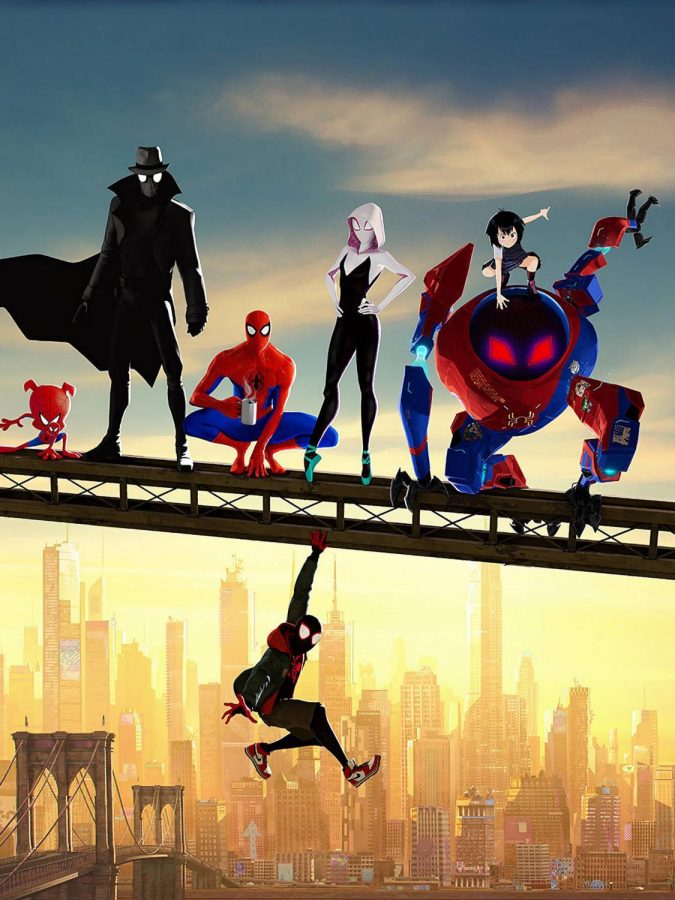The Art of Animation
“Spider-Man: Into the Spider-Verse” changes the entire genre of animation
“Spider-Man: Into The Spider-Verse” provides a fresh and intriguing type of animation to theatres.
April 20, 2023
Over the centuries, animation has become an incredibly prevalent part in today’s movie culture. With countless different styles, the movie genre has evolved greatly from it’s humble black and white beginnings. Among the pioneers for the development of animation, “Spider-Man: Into the Spider-Verse” stands tall as the start of a new age of animation.
Upon its release “Spider-Man: Into the Spider-Verse” was a highly anticipated movie as a part of the immensely popular Spider-Man franchise. The movie starred Miles Morales, a young teen learning how to deal with his new super-human powers. With the help of his multi-dimensional allies, he gets the hang of his newfound abilities and becomes Spider-Man.
Mary Jordan Janeski (12) enjoyed the film’s representation of minorities as strong leaders in the movie.
“I thought that the animation style was very unique. The overall aesthetic of the movie gave the Spider-Man franchise a refreshing look, which I felt made it more engaging and interesting as a first-time viewer,” Janeski said.
The movie featured a very unique animation style matching its comic book background with explosive colors and eye-popping visuals. This mesmerizing strategy of animation set it apart from many other movies with similar styles to one another, giving the viewer a fresh look at how different movies can look. It truly takes inspiration from its source material with comic book ad-libs popping up on the screen as one character dodges a punch or takes a hard hit.
The film uses frame rate adjustment to exemplify tones of certain situations, truly putting the viewer in the shoes of the characters. When Morales is first learning to use his powers, his struggle is shown with a choppy 12 frames per second, with it changing to a smoother, more controlled 24 frames per second as he masters his abilities. The frame rate also affected the fight scenes, giving a choppy, uncut look to the hectic brawls. The movie took an unusual initiative in intentionally eliminating all motion blur from the animation, greatly changing the appearance of the animation.
Nathan Moseley (12) found the soundtrack to be a highlight of the movie, featuring music from many different genres of music.
“I thought that the animation style was really interesting and the colors were very vibrant, making the movie a very enjoyable watch,” Moseley said.
The colorful style has rubbed off on the world of animation with multiple movies following suit with the fresh type of animation. Recent releases such as “Puss in Boots: The Last Wish” have followed in particular the blockbuster’s fight scenes, giving the same rough feel as Morales’ story. The style is extended to the movie’s sequel, “Spider-Man: Across the Spider-Verse,” releasing in the summer.
Omar Alchab (12) was in awe of the animation style upon his first watch of the movie. He feels that since the film, no animated movie has felt the same since he has been comparing it to the fresh visuals of the blockbuster.
“Spider-verse was the first of its kind to adopt the motion smearing technique to make it more like a comic book and in my eyes, it nailed it,” Alchab said. “I am very excited about the future of animated movies because of this, and I look forward to watching every movie with the style of “Spider-verse.”





